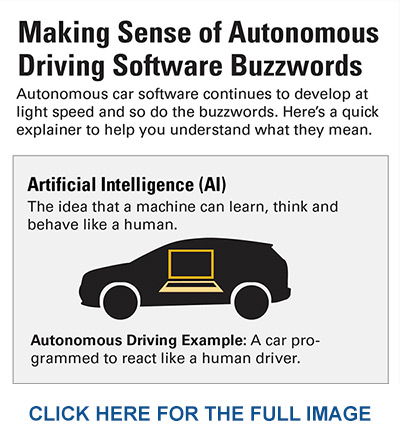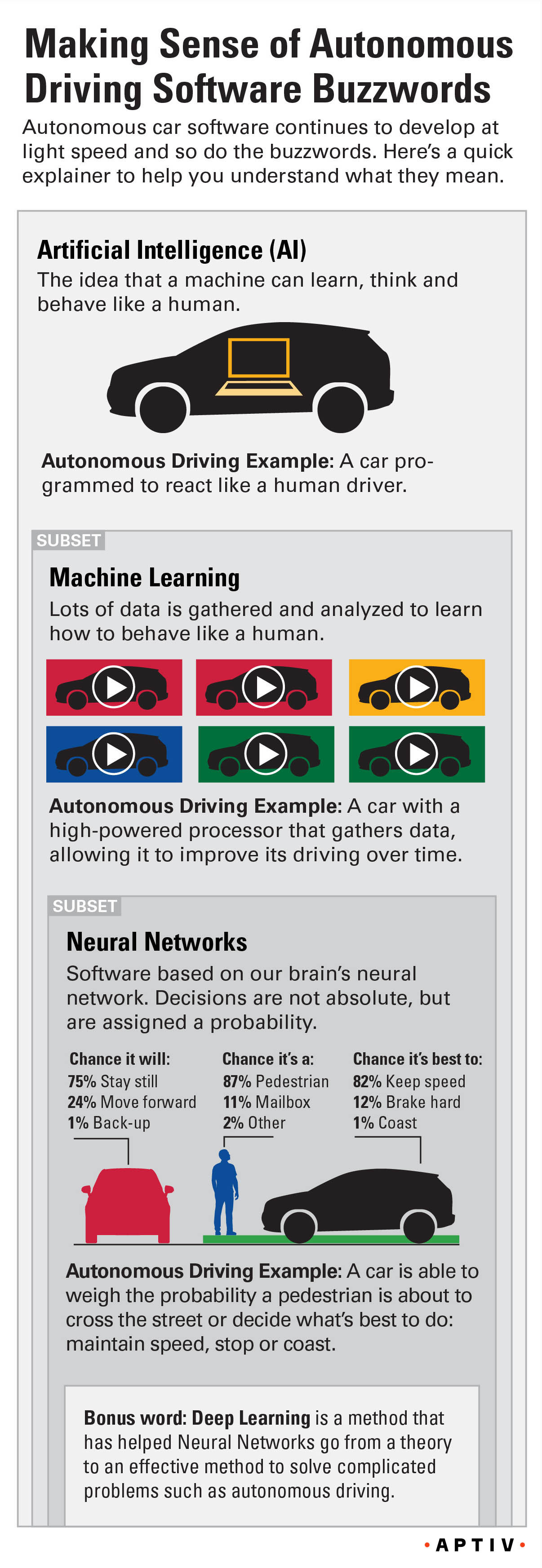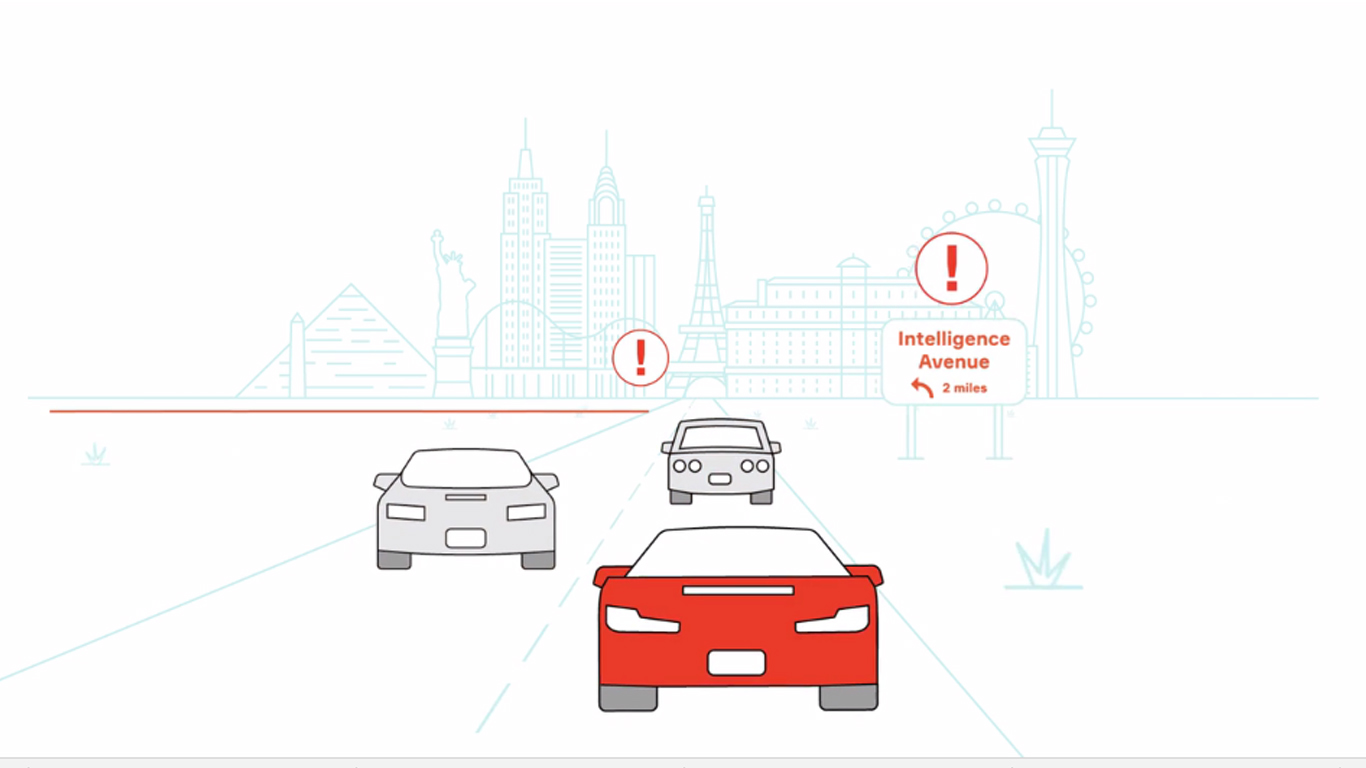With more than 6,000 engineers devoted to developing software solutions, and shipping about 40 billion lines of code a day, it’s no secret we have a strong foundation in software and artificial intelligence expertise. To put lines of code in perspective, the Android OS has 12 million lines of code and an F-35 fighter jet has 24 million lines of code, meaning we ship the equivalent of 3,500 smartphones every day! By 2020, we’ll be shipping 150 billion lines of code per day!
It’s this expertise and scale that allows us to deliver software-enabled mobility solutions. The future is all about this shift to a software-defined vehicle. Like the smart phone, the vehicle is becoming a holistic computing platform, capable of executing complex software programs.
In the past, the development lifecycle for whole vehicles took years – that’s how long it took the hardware to be designed and validated.
Now, our high speed computing platforms transform the vehicle into a massive server, effectively decoupling the hardware from the software. This fundamentally changes the vehicle as we know it. Imagine separate development lifecycles for hardware and software – we can grow software features far more quickly when not constrained by hardware. Think of it like the speed of developing an app vs. the time it takes to develop and release a new smartphone.
Redefining Value in the Vehicle
What does that mean? Well, for most of its history, the automobile’s value and features were driven by hardware – mechanically driven parts, switches, etc. That is transforming, and now, many of a vehicle’s features, like infotainment and adaptive cruise, as an example, are driven by software. This shift is critical because consumers are demanding more capability, and that capability can only be realized through massive amounts of complex software. But, as we add more software into the vehicle, this drives a corresponding increase for more computing horsepower and faster data transmission speeds.
Enter Artificial Intelligence
Artificial intelligence (AI) is basically the idea that a machine can learn, think and behave like a human. A good example is autonomous driving where your car is literally programmed to react like you would. It’s driven by software and integrated into the whole system.
You hear other words like deep learning and neural net – these are subsets of AI that utilize data – lots of data – to allow a computer to make decisions like a human would.

Using AI at Aptiv
Imagine for a moment you are driving down Paradise Road, a main artery of Las Vegas and on which the Las Vegas Convention Center is located. You are in the right lane, and you know that you have to make a left turn ahead. As you drive, you are looking at the cars around you, keeping an eye on the distance to your upcoming turn. If traffic is heavy or if the next turn is close, you will be more aggressive in your lane change. The opposite is also true. If traffic is light or if your next turn is far ahead, you will be more conservative in your maneuvers. We use AI techniques, specifically neural networks, to allow our autonomous vehicles behave like we do. It weighs the behavior of the objects around it and balance that against its goal, which is to move into the left lane. This allows the car to decide if it needs to be more aggressive or more conservative in achieving its goal.
We also use AI to create a one of a kind user experience. We launched the industry’s first gesture recognition system with BMW in 2015. Our AI algorithms allow the system to learn which gestures are valid and which ones aren’t. This is really important to us as consumers. We expect the system to react when it should, not when it shouldn’t. Our AI algorithms accomplish just that.

